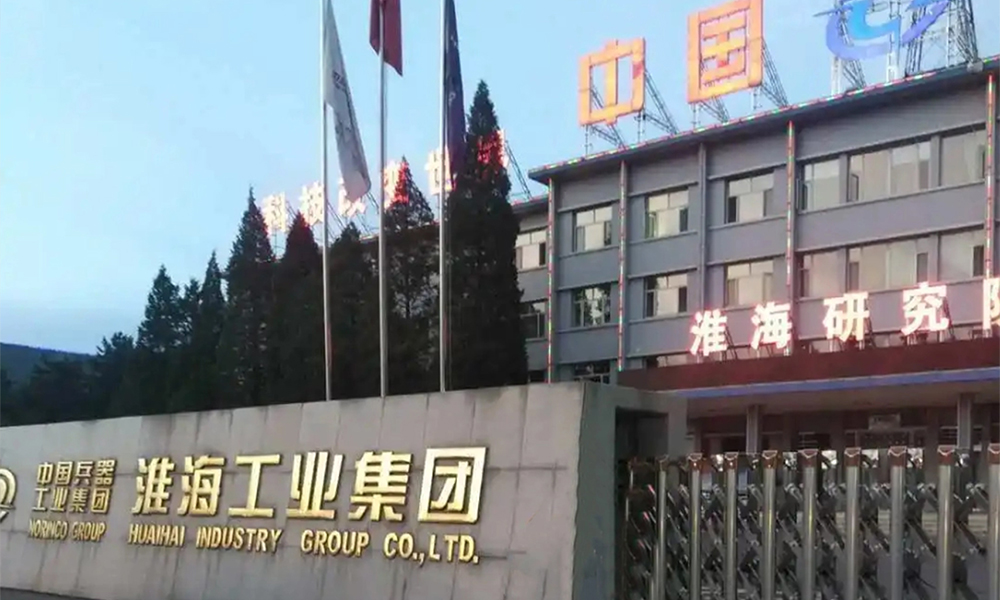The combustion engine is the oxide combustion engine, which refers to the combustion engine with low NOx emission in the fuel combustion process. The selection of low NOx combustion engine can reduce the emission of nitrogen oxides in the combustion process. The oxides of nitrogen occurring in the combustion process are no and NO2, which are generally referred to as NOx. Many experimental results show that the NOx emitted by combustion equipment is no, accounting for about 95%, while NO2 accounts for only about 5%. Generally, the no generated by fuel combustion comes from two aspects: one is the oxidation of nitrogen in the air used for combustion (combustion supporting air); the other is the thermal differentiation and reoxidation of nitrides contained in the fuel during the combustion process. In most combustion equipment, the former is the origin of No. we call this kind of no "thermal reaction no", the latter "fuel no", and other "instant no" 。 The no formed during combustion can react with the product containing nitrogen atom center to reduce no to NO2. In practice, in addition to these reactions, no can also form NO2 with various nitrogen-containing compounds. In practice, when the reaction reaches the chemical equilibrium in the combustion equipment, the share of [NO2] / [no] is very small, that is, there is little conversion of no to NO2, which can be neglected. Combustion skills to reduce NOx NOx is generated by combustion, and combustion methods and combustion conditions have a great impact on the generation of NOx. Therefore, NOx can be reduced through combustion skills.
Combustion engine generally refers to the combustion engine with NOx emission of 30 ~ 80 mg; NOx emission below 30 mg is generally called super combustor; Combustion engines are often based on the following skills:
1. Electronic share conditioning and oxygen content control skills to accurately control oxygen content;
2. Fully premixed external combustion skills to reduce flame temperature and complete full combustion;
3. FGR flue gas recirculation technology to reduce flame temperature and oxygen content.
At present, the combustion engines in the market are divided into the following types:
1. External combustion super combustor; The external combustion super combustor can generally control NOx within 30 mg in the full fire plan. Its advantage is that the equipment is simple and does not need FGR flue gas recirculation pipeline; Its defect is that it needs to filter air, which increases the workload of protection; When the oxygen content is about 7%, part of the combustion power is reduced;
2. Staged combustor; The staged combustor can generally control NOx to 65 mg, about 40 mg, within the full fire plan. Further reducing NOx emission may lead to combustion instability, or sacrifice adjustable ratio and other disadvantages;
3. Staged combustor + FGR flue gas circulation; The circulating skill of staged combustor + FGR flue gas combines the benefits of NOx control of staged combustor and FGR oxygen reduction. It can control NOx to 20 mg level in full fire planning and control oxygen content within 3% together. Its disadvantage is the equipment cost.


近日,在推动清洁能源与环保技术的进程中,加科燃烧器与晋煤控股集团山西同煤电力环保科技有限公司达成重要合作。山西···

在当今全球绿色低碳发展的浪潮中,能源装备行业正经历着变革。作为行业内的佼佼者,加科燃烧器凭借其卓越的技术实力和···